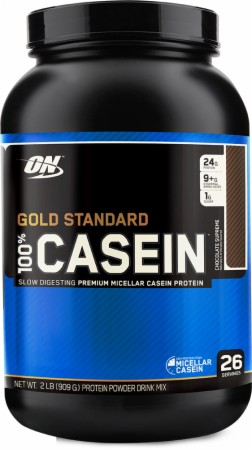Milk proteins are some of the best proteins for their nutritional and technological value. Proteins are often a big part of peoples' diets, especially because they provide the essential amino acids and are big sources of nitrogen. Milk proteins have the best nutritional value compared to other proteins because of the high content of essential amino acids. Additionally, the good digestibility can also add to the great nutritional value.
Caseins and whey proteins are the two main protein groups that are found in milk. Caseins are found in 80 % of proteins in most milk, but are isolated from milk by acid. The acid precipitation is performed at a pH of 4.6, which is where caseins precipitate and whey proteins remain soluble. Caseins are often flexible and heat stable proteins.
The other 20 % of proteins in milk is composed of whey protein. Whey proteins are also known as proteins in milk that can remain soluble after acid precipitation, which is often found in milk. The whey protein acid that is used is formally known as acid whey, or informally as sweet whey. Whey proteins are globular proteins that are soluble over a broad pH range.
Most of the time, whey proteins have been considered as a more balanced and superior alternative to casein. The amino acids that are found in whey appear at a higher concentration in whey proteins. Whey proteins are also more similar to human milk, which is why whey proteins are more often known as the replacement for humanized milk production. Another reason as to why caseins are inferior is due to the lower digestion and absorption than found in whey proteins.
In a recent study, protein solubility was measured in the pH range of 2 to 10. A mixture of sodium caseinate and their hydrolysates had minimum solubility at a pH around 4 or 5. They had the highest solubility level in alkalinic pH range, which follows the results of most studies. The results of the study proved that enzymatic hydrolysis improved solubility of their hydrolysates. The increased number of ionizable groups with an increase in hydrophilicity and net charge resulting in hydrolysates promotes hydrolysate-water interaction, thus improving the solubility. The small molecular size also inceases the solubility.
IMF is a major way of knowing whether or not something has a high solubility in water. Remember that, like dissolves like. Using this logic, the polar water would dissolve the most polar protein models. The two main determinants of IMF in a molecule are charge and size. As the charge increases, the solubility increases in water. The smaller the size of the compound, the greater the solubility of the compound in water.
Casein is made of a large amount of residues, which do not interact. There is little structure to a molecule like this. It is also hydrophobic, which makes it less soluble in water. When it is found in suspension in milk for particles, it is held togther by calcium ions. These calcium ions and hydrophobic interactions make up the molecule for casein. The isoelectric point of casein is 4.6. Milk has a pH of 6.6, so casein has a negative charge in milk, so a purified version of casein protein is insoluble in water.


No comments:
Post a Comment